-
Posts
772 -
Joined
-
Last visited
-
Days Won
2
Content Type
Profiles
Forums
Blogs
Gallery
Events
Store
Posts posted by Iver
-
-
..sorry, but thats for sure not A-H binocs... Bratislava is the capital of Slovakia, in the times of monarchy it had names Pressburg (german), Poszony (hungarian) and Prešporok (slovak). After the war (from 1919 - till now) it was renamed Bratislava.... So it can not be A-H binocs...
0 -
...I still think U can´t say from that one photo, that the soldier is from Sappeur-battailon Nr.61 (there is no evidence for saying it). From what is written, all soldiers should have numbers and letters on shoulder straps, but without knowing the letters and numbers is impossible to say to which unit he belonged. And to that cap. There is nothing retouched, its just a zinc made Kappenabzeichen (or patriotic badge).
0 -
Thomas W: I saw it in book from P.Jung (Osprey), but never seen it on a photo or on any original uniform from that time. I still think U have a big Fantasy (take it please not too personal). And I don´t think there was a unit that had soldiers from both countries of monarchy. They were build on the principles of "Ergänzungsbezirke", and none of them included both territories of monarchy.
0 -
...IMHO it is surely not a soldier of SB.61 but a normal "honvéd" soldier (IFJ on his cap kokarde) with Carl-Troops-Cross on his chest, photographed in 1917 (or later). The badge with the A-H coat of arms is a normal patriotic badge, that one next to him in shape of a bayonet is a cap badge (it is no special cap badge for stormtrooper units - it was an universal badge for everyone) - so as the two on the left side of his cap (can´t identify them). There is nothing retouched od his cap, it seems like a zinc made kappenabzeichen. I can´t see anything that would look like a retouch on his shoulder-straps, and I don´t think, that A-H army used numbers on shoulderstraps - as far as I know, there were numbers only on left side of cap and (at least should) on the collar...
0 -
...i have also one Austro-Hungarian ribbon, came just today to me.. :)
 0
0 -
...so I finished the article about GO Karl Tersztyánszky von Nádas, it´s written in Slovak language, but U can use translator (but the translation is very very bad - like in english so in german language
 )0
)0 -
-
-
..some close ups for Péter...
 0
0 -
Just realized it can't be bakelite an early form of plastic. This stuff had not been invented yet. It only came to use in the 20's. Perhaps the reverse is a very fine enamel or porcelain.
There were celluloid ribbons, maybe its also made of celluloid....
0 -
In the phaleristic journal SIGNUM Nr.4/december 2008 is an article about "SIGNVM MEMORIAE" and there is on tab.II a picture of this medal, "which rear side is made of white plastic. These medals are light (weight), made of striked in gild sheet metal, where the reverse side is made of white plastic"....
againe fantastic medals from your collection... I would also like to add a "plastic one" to my collection :D
0 -
..I would say that these are crosses, not medals ;)
0 -
-
...miniature of GVK, hallmarked 18k gold, marked VM... :)
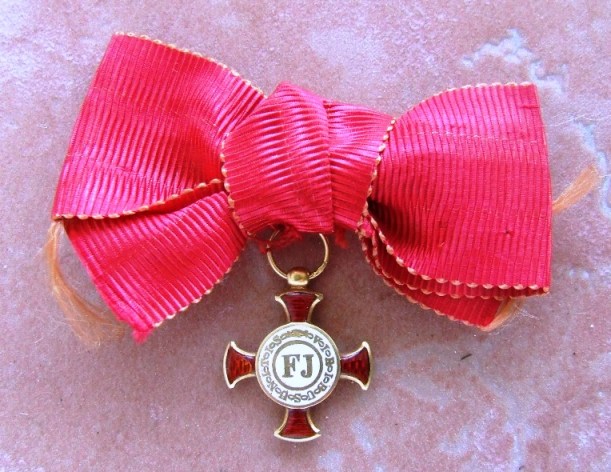 0
0 -
Wow fantastic example !! Yours?
Magician: Yes :)
0 -
...hallmarked silver (2x "A". "Dianas Head") marked "S" (Souval?) in case from Rothe & Neffe...
 0
0 -
!!! Wonderfull... Thats really a nice cross.. never seen such one..
0 -
...and now its complete (thanks Elmar Lang)... The cross is hallmarked ("windhund" and "A")and makers mark "FR" (C.F.Rothe & Neffe), ribbon copy :(
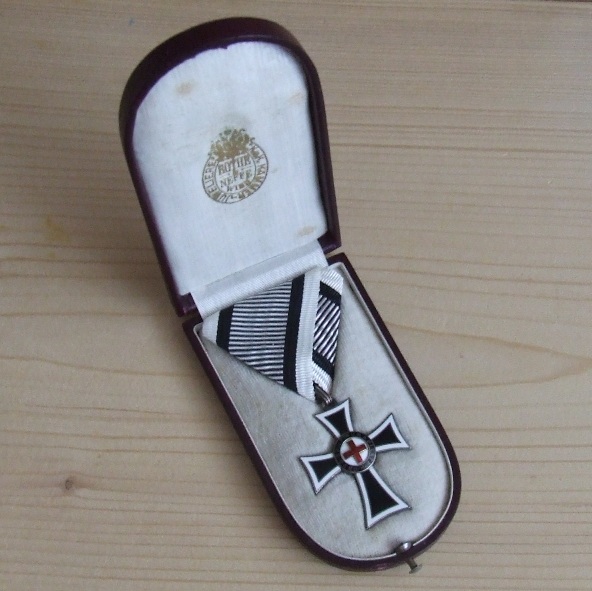 0
0 -
Mikulicz, Adalbert, Oberleutnat (Oblt.), IR.41, BMVM (Bronzene Militärverdienstmedaille - "Signum Laudis"), Order Nr. 95 for the joint army (K.u.K. gemeinsames Heer) - personal affairs, from Year 1914.
Information from book Ehrenbuch der Oesterreichisch - Ungarischen Wehrmacht. Die Ausgezeichneten im Weltkrieg. Band I., Vaterländisches Archiv, Wien, 1917
0 -
Hi,
The soldier shown in post #32 is a Zugsf?hrer.
..I would say its Feldwebel...
0 -
Its Slovakian decoration, War Victory Cross IV. class (Vojenný víťazný kríž IV. triedy).... Here is a little info about the decoration (from www.druhasvetova.sk):
Vojenný víťazný kríž – The War Victory Cross,
was created in 1942 (by renaming Slovenského vojenného víťazného kríža – Slovak War Victory Cross) by Governmental Act and was awarded to persons who distinguished themselves by extraordinary lead of units under their command in the field and also for awarding citizens of foreign countries for extraordinary merits for Slovak republic. Decoration was presented by president of Slovak republic after proposition by Secretary of National Defense and it was presented with the sword or without the swords. With the swords it was presented to the military personnel which extraordinary distinguished themselves by leading their units in the field or in the rear distinguished themselves by merits for Slovak republic. It had Grand Cross and 7 classes.
Slovenský vojenný víťazný kríž, - Slovak War Victory Cross,
was created by Governmental Act in 1939 for awarding persons who showed on battlefield bravery, self-sacrifice, resourcefulness or with military unit under its command accomplished deed important for successful end of military operation. Order was also presented to persons with merits for Republic. It was presented by president and had three classes. One person could be holder all three classes of the order.
..photo is from book, so sorry for low quality...
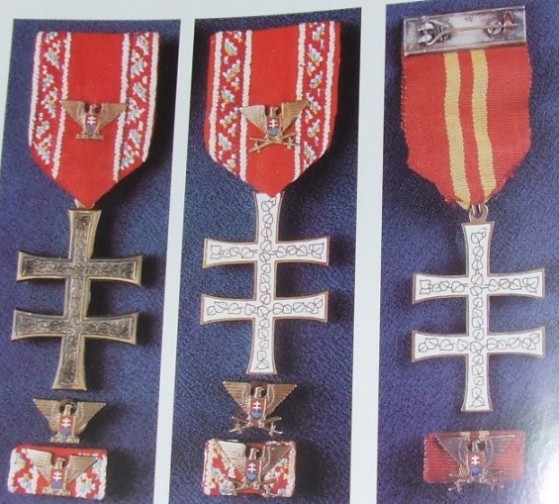 0
0 -
-
Hi..
Any bravery medal decrees in your collection? post it please... (not those little "legitimationen" which were carried in ID´s)
..here is mine.. from 7th Korps command...
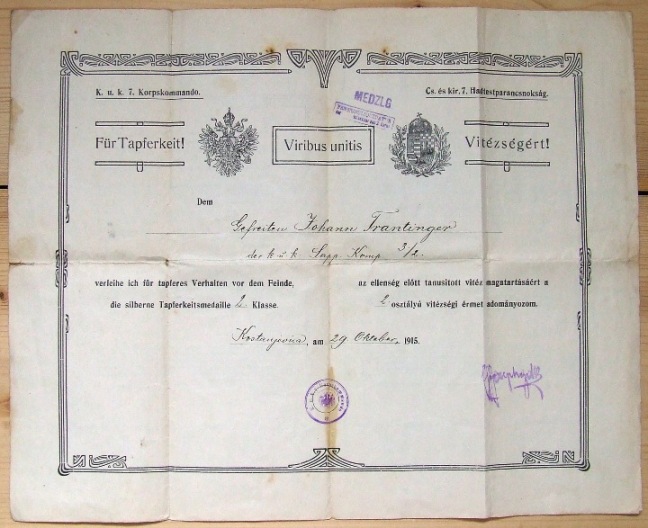 0
0 -
Congarts Peter....
superb stuff in very good hands (and with super photograpic skills
 )0
)0



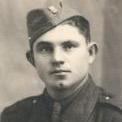
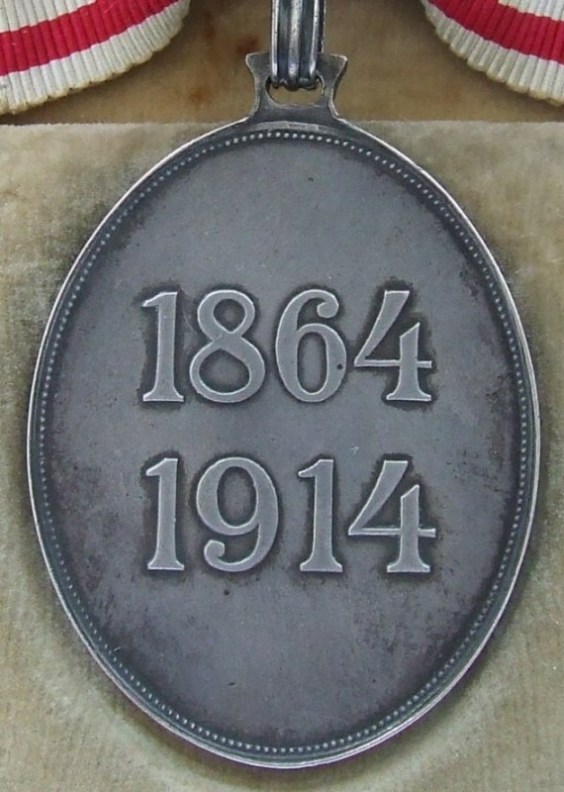
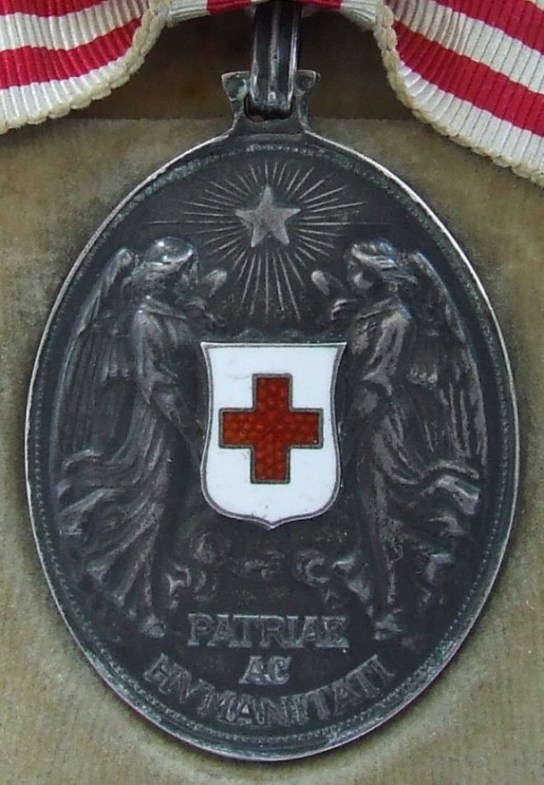
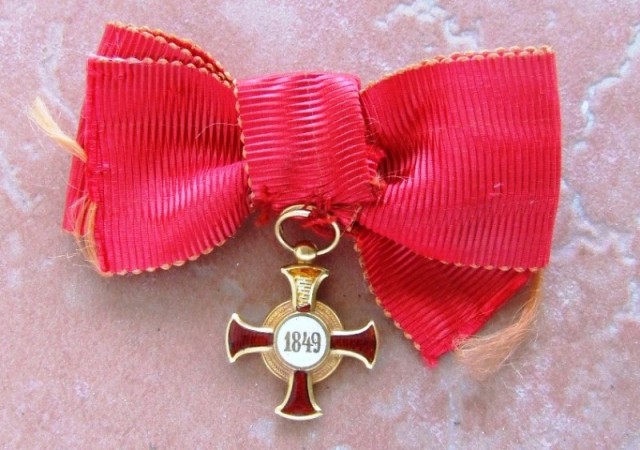

Silver "signum Laudis" And His Former Owner
in Austro-Hungarian Empire
Posted
...and the place od "final rest" of the owner of this medal...